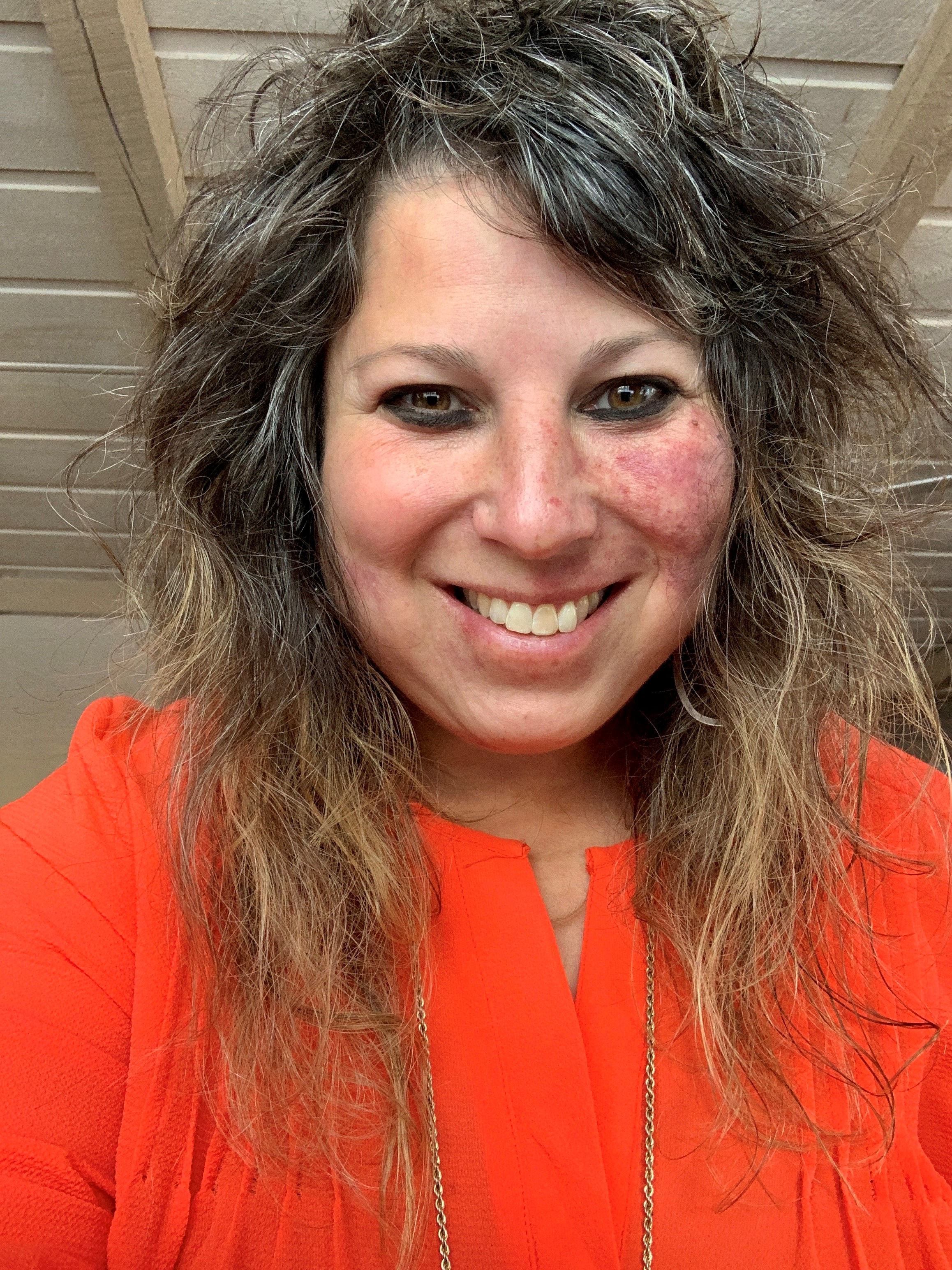Elderly people who live near fracking sites at risk for early death
A new study evaluates mortality risk in the elderly who live in geographical areas near or downwind of unconventional oil and gas development (UOGD) and found those seniors who live near these sites are at a higher risk of early death, than those who live in a different area.
The study, led by researchers at Harvard T.H. Chan School of Public Health was published in the journal, Nature Energy.
The results of the study suggest that airborne contaminants emitted by UOGD and transported downwind are contributing to increased death rates. UOGD involves extraction methods including directional drilling and hydraulic fracturing, or fracking.
Researchers assessed over 15 million Medicare beneficiaries – adults ages 65 and older - living in all major U.S. UOGD exploration regions from 2001 to 2015. They also gathered data from the records of more than 2.5 million oil and gas wells. For each Medicare beneficiary’s ZIP code and year in the cohort, the researchers used two different statistical approaches to calculate what the exposure to pollutants would be from living either close to UOGD operations, downwind of them, or both, while adjusting for socioeconomic, environmental, and demographic factors.
The results found that the closer people lived to OUGD wells, the greater the risk of their premature mortality. Those who lived closest to wells had a 2.5 percent higher elevated mortality risk compared with those who didn’t live in the wells’ proximity. The study also found that people who lived near UOGD wells as well as downwind of them were at higher risk of premature death than those living upwind, when both groups were compared with people who were unexposed.
“Although UOGD is a major industrial activity in the U.S., very little is known about its public health impacts,” said Petros Koutrakis, PhD, professor of environmental sciences and senior author of the study.
“There is an urgent need to understand the causal link between living near or downwind of UOGD and adverse health effects,” added co-author Francesca Dominici, PhD.
Integrative practitioners treating patients living near fracking areas should keep the impact of these environmental factors in mind – particularly as they treat the elderly subjected to these toxins.




















SHARE